Neighbors Swallows 📷
Bzzz!
My today's photo story will be about my feathered neighbors who fly to us every spring.
During the layout of the post, I found that I did not have a few pictures of the nests to create a harmonious narrative and I had to jump out to the nearest barn to take some pictures of their nests.
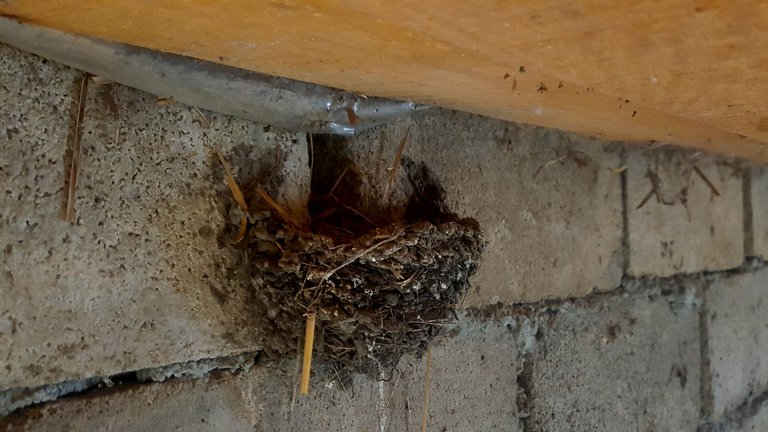
This nest was made many years ago, I got used to it and didn't pay much attention to it this spring. We saw the swallows outside at the porch

Imagine my surprise when, upon entering the barn, the first thing I saw was a new swallow's nest in a new interesting place.
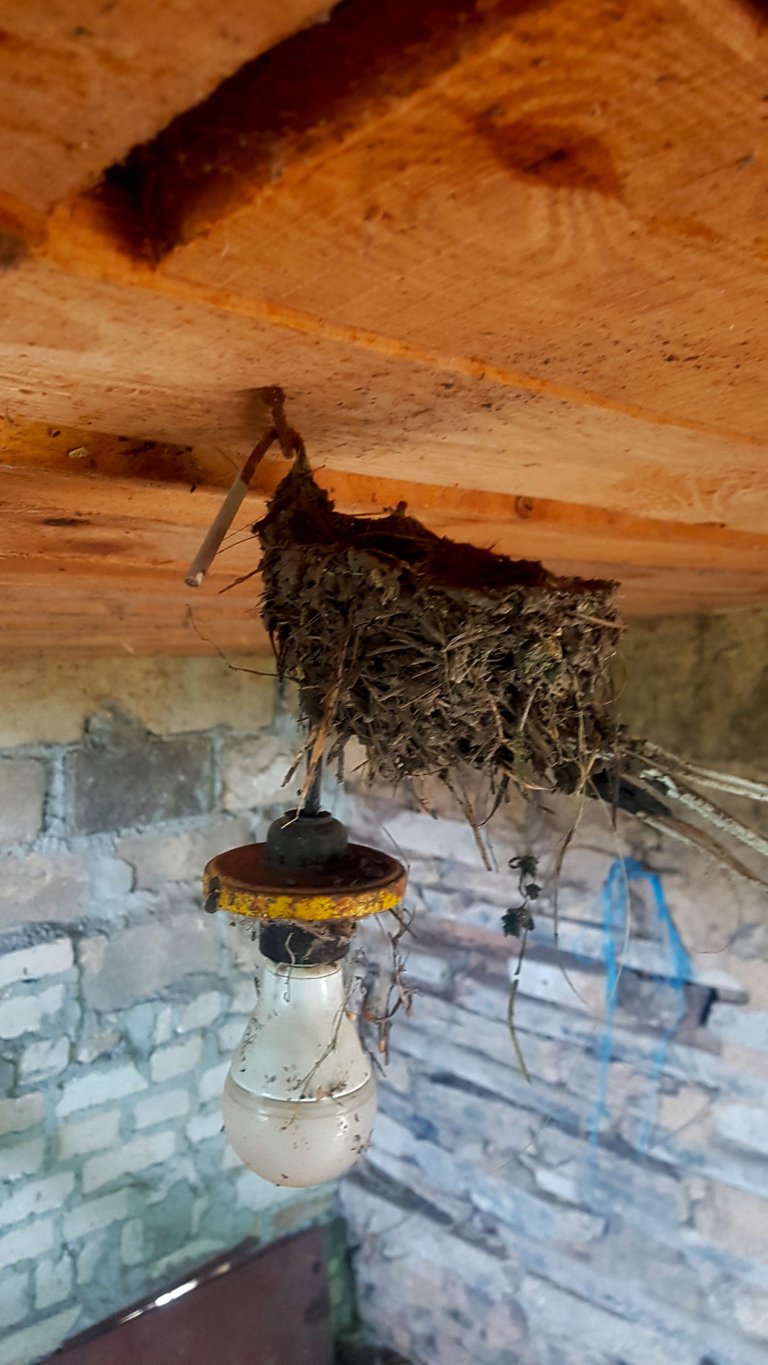
I really like that they trust us so much that they build their nests in our coop with ceilings so low that you can easily see the whole structure and inhabitants.
Just now the hosts were absent and I was able to take pictures without disturbing anyone.
As long as open yellow beaks do not stick out of the nests, this is not so interesting, so let's get back to the swallows themselves.
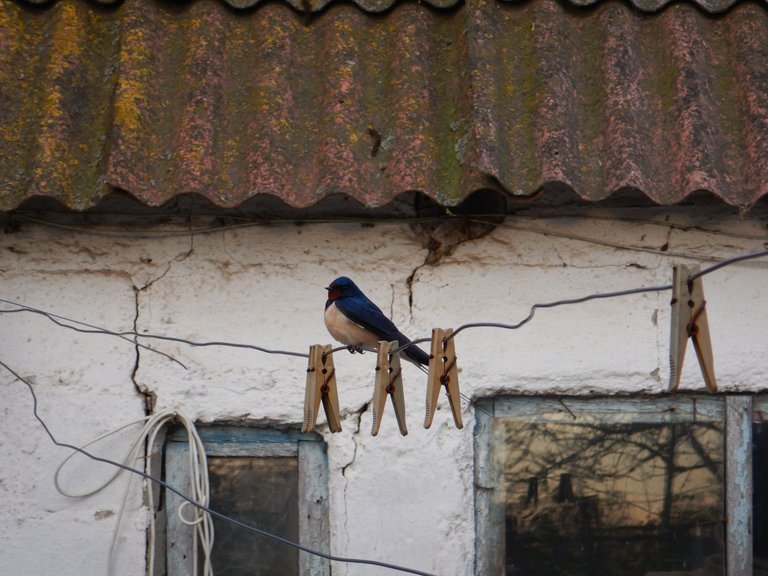
This pair comes back to us every spring and nests in a ready nest in our chicken coop.
During the summer they hatch their chicks and leave us in the fall without saying goodbye. And so every year)
They like to sit on the old antenna
Barn swallows are considered monogamous, unigamous birds. However, it is common for them to create another pair among them, which makes them genetically polygamous. Married couples are formed each spring immediately after arriving at the summer residence. Every year, pairs are formed in a new way, although if they had a successful brood before, they can remain cohabiting for several years in a row. Males try to attract females by spreading their tail and chirping with a crumbly trill.
Left without a pair, males usually often join another pair, staying with them throughout the season. Although these "helpers" do not usually feed the chicks, they can help build and guard the nest, incubate the eggs, and breed. They may also mate with a female, thus forming a polygamous pair.
Males and females look approximately the same, although females are often slightly less contrasting in color and their tails are slightly shorter.
Swallows feed on insects: flies, grasshoppers, crickets, dragonflies, beetles and other flying insects make up 99% of their diet. They mainly catch their prey in flight, and on the fly they are able to drink water and even feed their chicks.
Both parents incubate the eggs, whose incubation period is 13-15 days. The chicks appear naked and helpless. Both the male and the female feed the chicks, protect the nest and remove droppings from it. Feeding occurs up to 400 times a day, before giving the chick an insect, the parents roll the caught food into a ball. The chicks remain in the nest for about 20 days until they are able to fly.
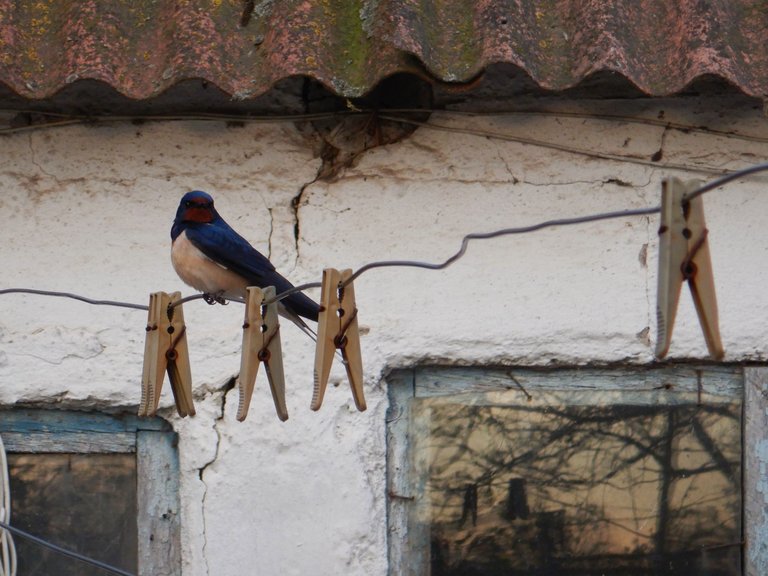
Used information from wiki
Camera: Nikon W300 & Sansung S7 (nests)
All photos are mine (edited in GIMP)
South of Ukraine, Spring 23
Trade conveniently on HiveDex.io. Thanks to @Mahdiyari!
Vote for @stoodkev - as a HIVE witness!

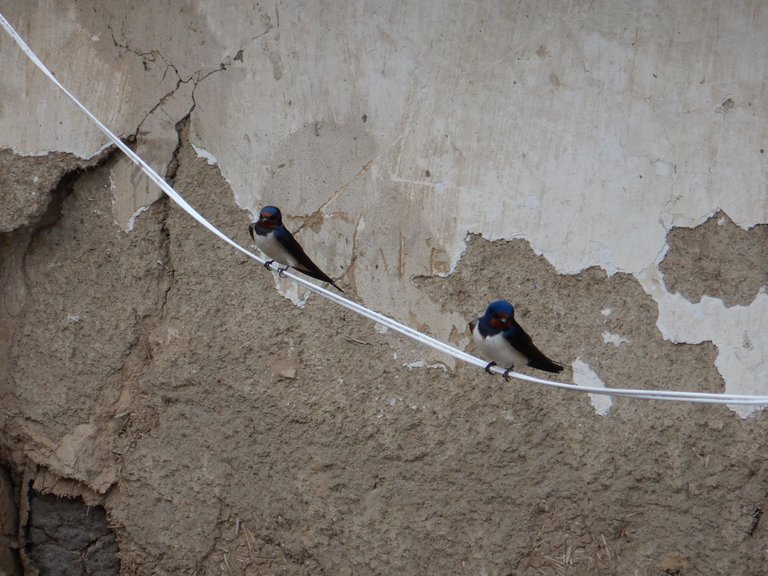
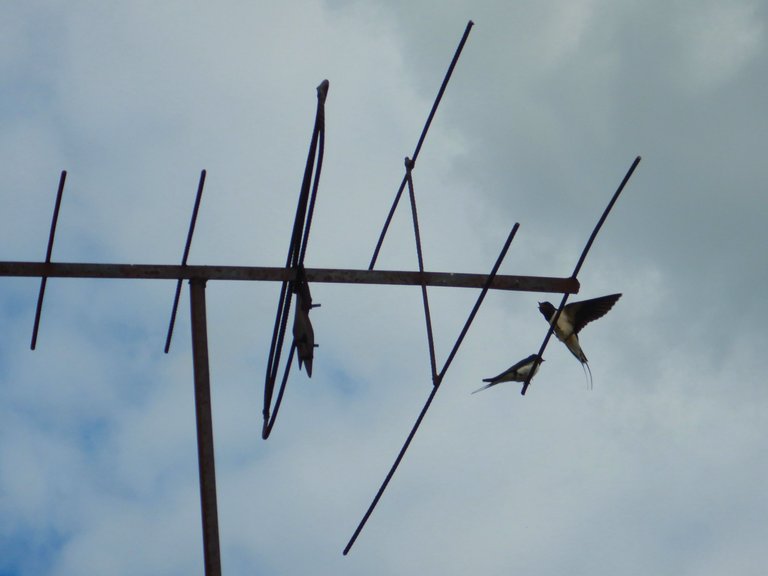
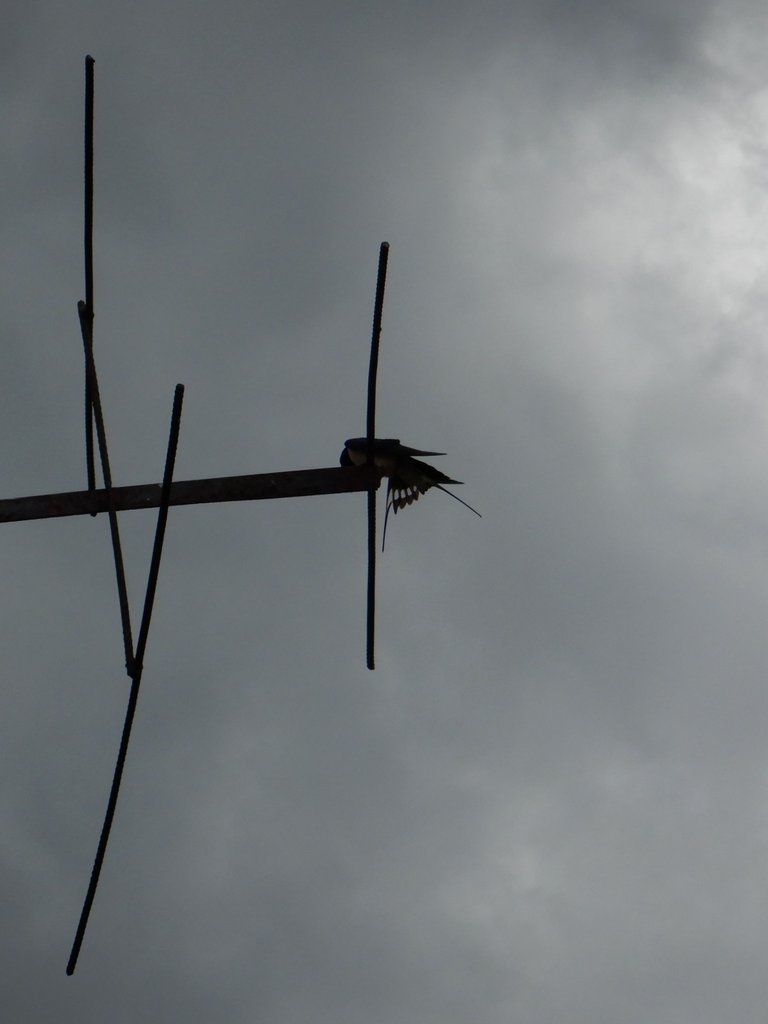
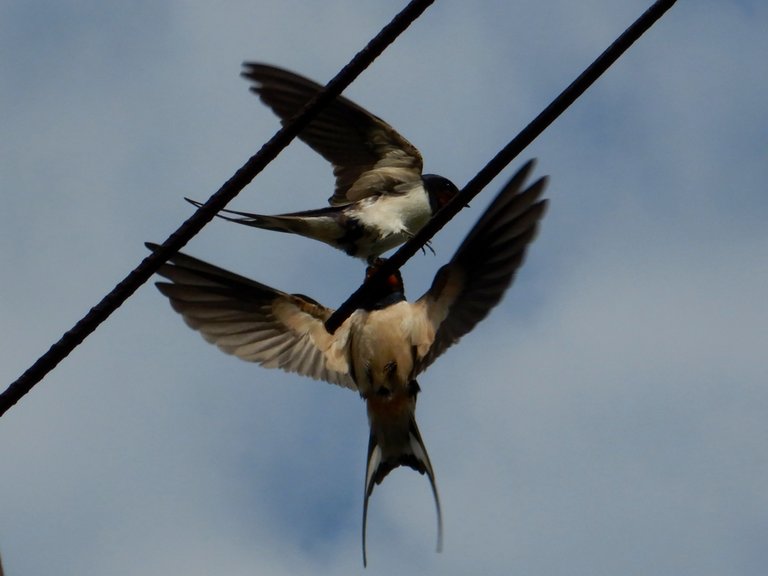
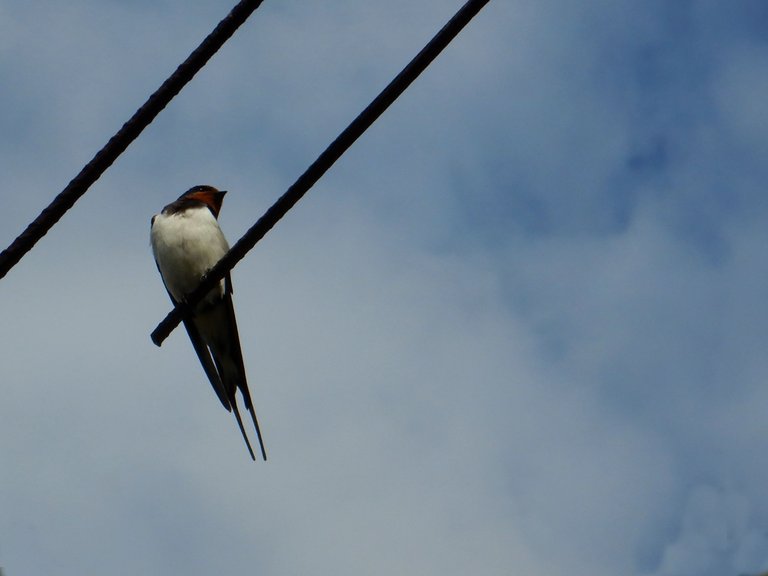
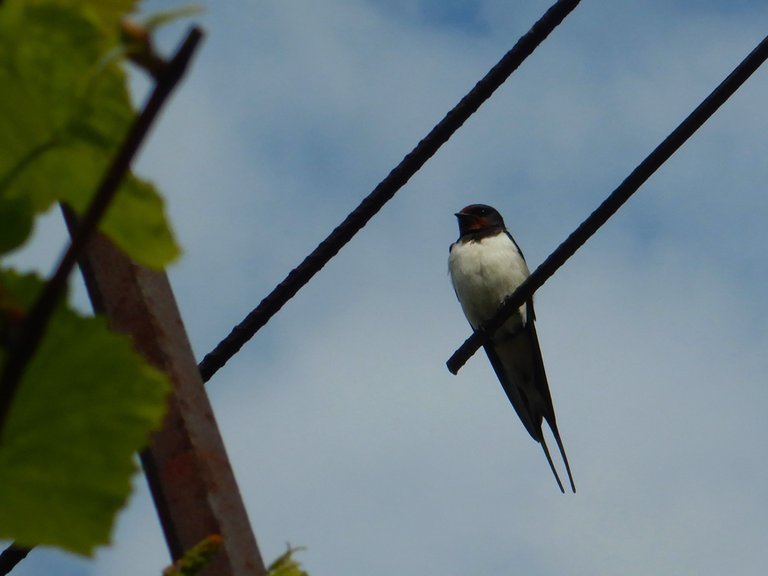


Thanks for your contribution to the STEMsocial community. Feel free to join us on discord to get to know the rest of us!
Please consider delegating to the @stemsocial account (85% of the curation rewards are returned).
You may also include @stemsocial as a beneficiary of the rewards of this post to get a stronger support.
This post was curated by @visualshots to support your work.
Delegations are welcome
Join our photography community Visual Shots
Be part of our Curation Trail
Join to our Discord Channel
| 25 HP | 50 HP | 100 HP | 200 HP | 500 HP | 1000 HP |
Manually curated by @dimascastillo90